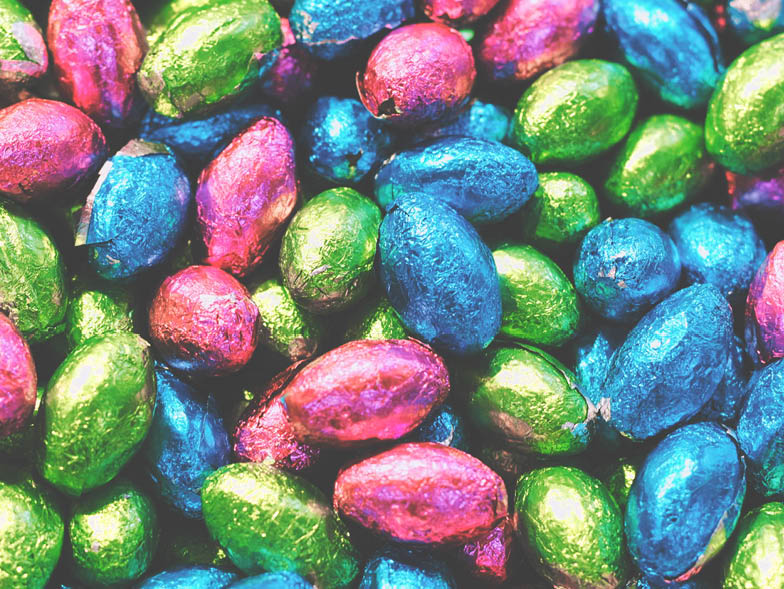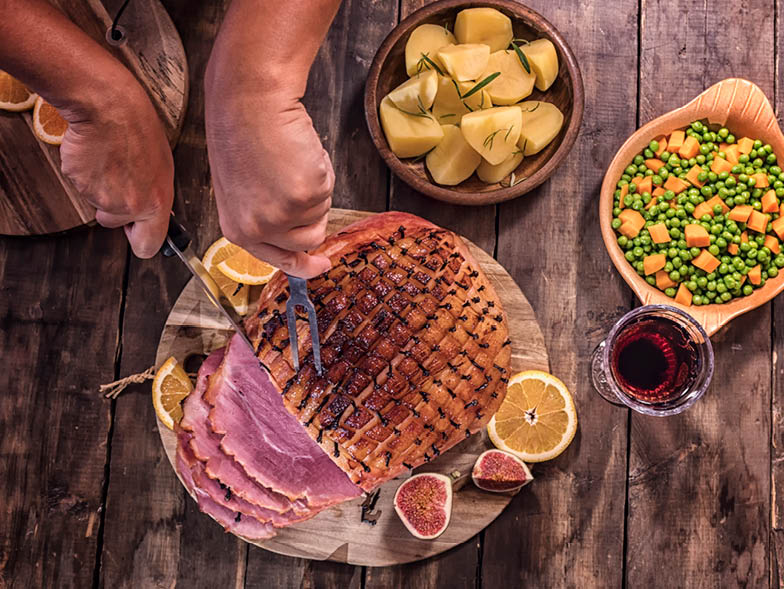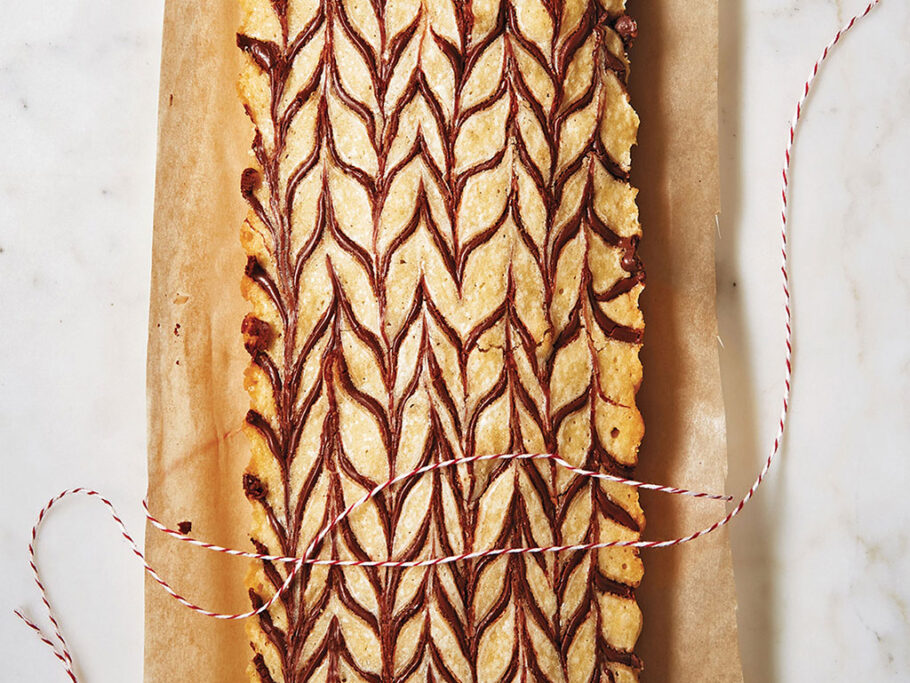The History of Easter Symbols
Aside from Christmas, the Easter holiday may have more recognizable symbols and figures than any other—each with its own fascinating origin story. Though it is a religious holiday, American celebrations have adapted to reflect a combination of traditions and cultures from around the world.

The Easter Bunny
As one of the most widely recognized secular symbols of Easter, the Easter Bunny is a character beloved by children not only in the US but also all over the globe. It is he who is responsible for bringing children all of the delicious sweets and hiding the eggs that they spend hours searching for.
German immigrants who ventured to America in the eighteenth century are the group who carried the tradition, which started as the folktale of “Osterhase”—German for Easter Bunny—who laid colorful eggs in nests made by children. The tale eventually adapted into the Easter Bunny we know and love.

Baskets
Finding the Easter basket has become an essential part of the holiday for most children, and with all of the candy and other goodies they are typically filled with, it can be even more exciting than the hunt for eggs.
This part of the holiday coincides with the Easter Bunny himself, as the children of German immigrants were the first to lay out “nests” for the bunny to place his eggs in. Eventually, the tradition evolved into baskets, and the eggs to candy and other treats.

Candy
Unsurprisingly, Halloween is the only holiday that surpasses Easter in the amount of candy sold. And although candy has been a part of the holiday for quite some time, it wasn’t until the twentieth century that Easter-themed candies became popular.
We now have bunny-shaped chocolates standing a foot tall, marshmallow chicks, and chocolate eggs full of delicious peanut butter, and we can thank a high demand for novelty candies in the early 1900s for this.

Easter Ham
With the tradition of Lent leading up to Easter, is was customary to avoid meat, eggs, and other luxuries for weeks, making items like this even more desirable by the time the holiday arrived.
It was also customary to cure pork with salt during the winter months, which would preserve it until it was time to eat for spring supper.
































